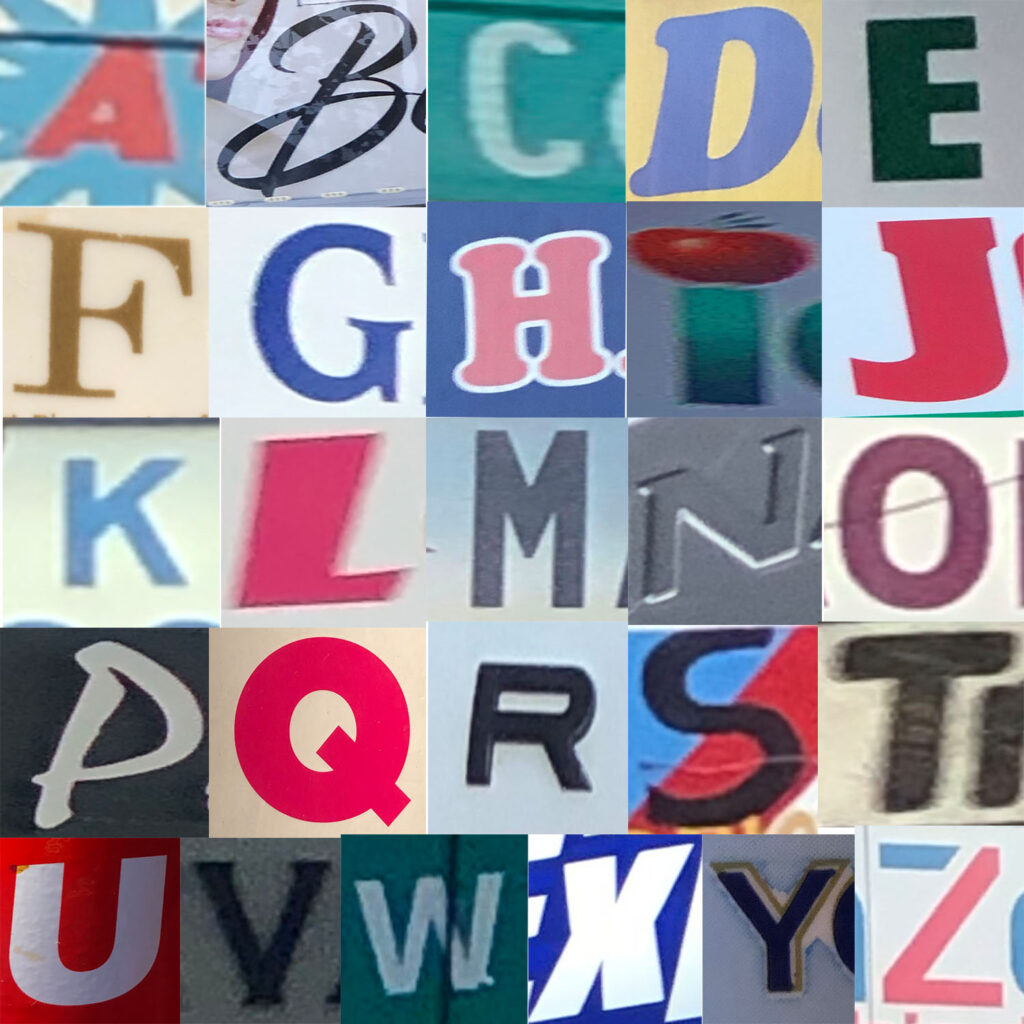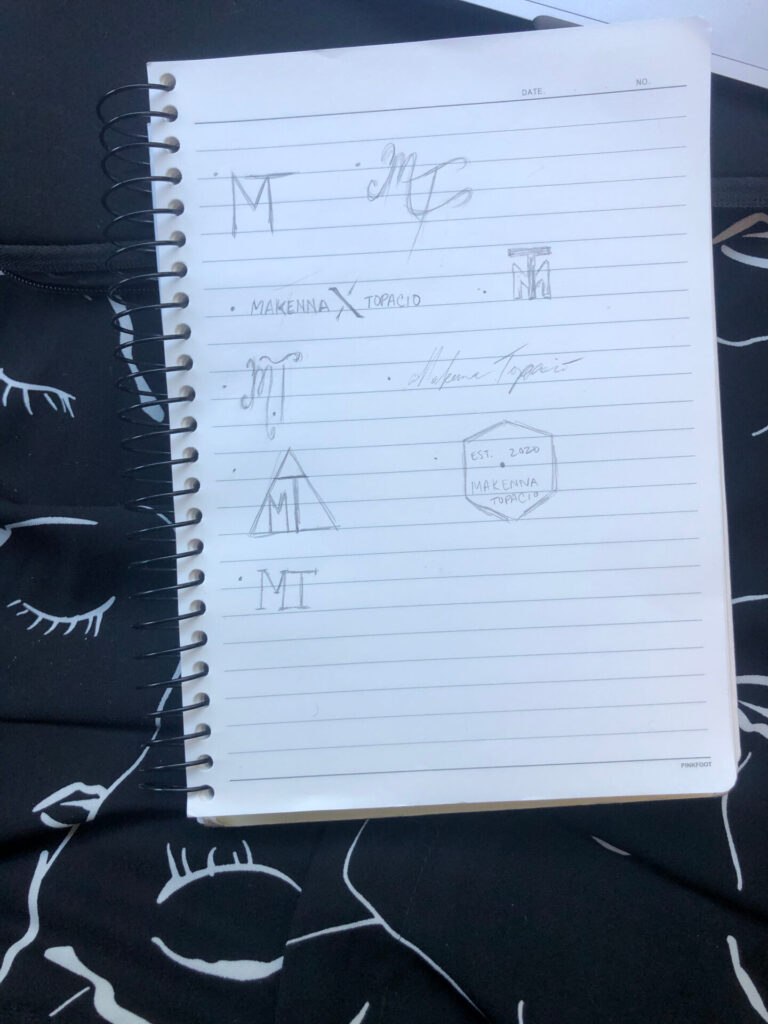All posts by Makenna Topacio
Makenna Topacio Resume Draft
Makenna Topacio Letterforms Final
Makenna Topacio Letterforms First Draft
Makenna Topacio’s Typography Final Poster
Makenna Topacio’s Two History of Type video commentary
On “A Brief History of Type”, Leuschke explains how typography and the use of writing changed from basic use to create a universal method of communication and standardizing currency, to utilizing it for artistic and stylistic purposes. Hans Gutenberg as it was said, revolutionized the way typography was used and purposed by creating his version of the Christian Bible, which is still used today. It was interesting to learn that he basically created the idea of mass producing writing and thus being the pioneer for printmaking. Creators like Nicholas Jensen were the first to stylize writing in a simplistic and aesthetic way, which was akin to the artwork that was popular during the time. These different styles like Baskerville, Garamond, etc. all popularized the way we think about fonts and typefaces as not just a way to communicate, but as a way to express artistic emotion. I also found it interesting how advertisments were started and popularized with its relationship to the spread of literature, as well as the invention of the lineograph machine which changed the way mass production of writing forever. The creation of this machine inspirsed the invention of the monotype and and the typewriter, and later the most tenchologically advanced way of writing, the computer. Presently, typeface has now explored the idea of creating fonts that mirror hand written designs, which shows how the evolution of type is constanty changing and discovering new ways of creating art.
A “Fun History Of Type” teaches us an interacting way of learning about the history of how type is used today. Learning how books over scrolls were popularized, as well as the mass production of written books were created was something I never knew. The invention of the printing press by Gutenberg revolutionized how mass writing was able to take off and reading and writing was popularized. This was the start of how type was used indefinitely. Now, living without typeface would be impossible; it is integrated in our everyday lives. from phones, to computers, to advertisements, to newspapers, type is now our primary way of communicating and connecting with one another. As long as technological advances are made, typography and the way written languages are created will also advance to adapt to our future.
Makenna Topacio Final Revised Quote t02
Makenna Topacio Final Quote Project
Makenna Topacio Alphabet

Typography Video Response
Jonathan Hoefler and Tobias Frere-Jones in “Font Men” give a new meaning to how typefaces can be commercialize and easily accessible to the general public. For someone who has no experience in this field, they explain the process from creation to production very understandable way. What I enjoyed most about this video was the idea of using technology to create something that has been always considered so traditional, while having a very creative and expressive approach to it. In the same manner, Mike Langley in “The Sign Painter” has a very creative vision for his art, but in a more stylistic way. I loved the idea of bringing typography back to basics and giving it a new take, in a world that is constantly changing and always finding new and advanced ways to do things. His philosophy about typographic work as an art and giving it a very personal approach is what I found the most interesting. I love that he is conscious of the idea that each time he paints something, it will never be exactly the same as the last and the signs impermanence being part of the art. With Dan Rhatigan in “Dan Rhatigan on Ryman Eco” his creative vision for his company was brought on by an ecologically friendly way. I thought it was very compelling that he considered the harsh effects printmaking has on the planet, knowing how sort term prints can have a big impact on our environment.
